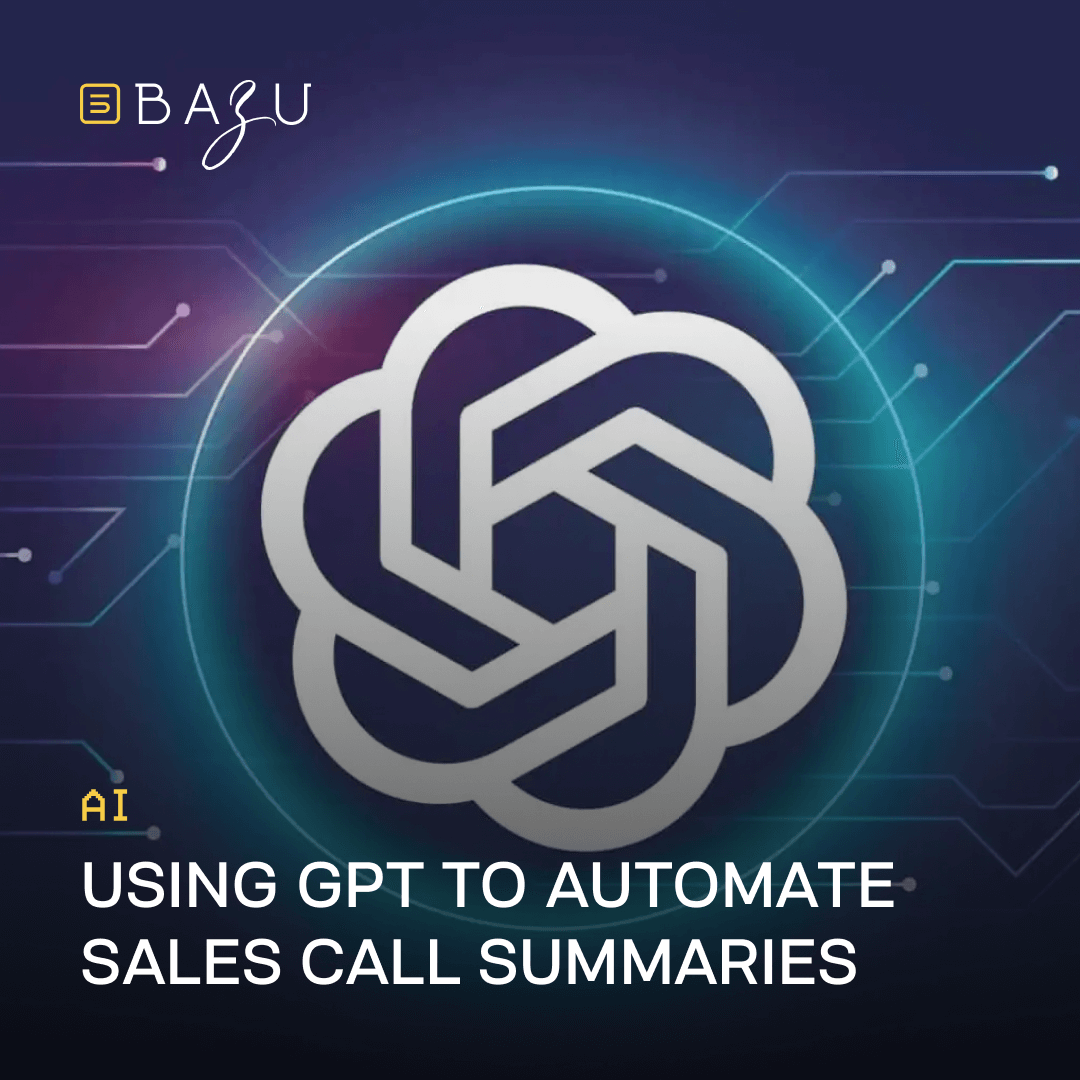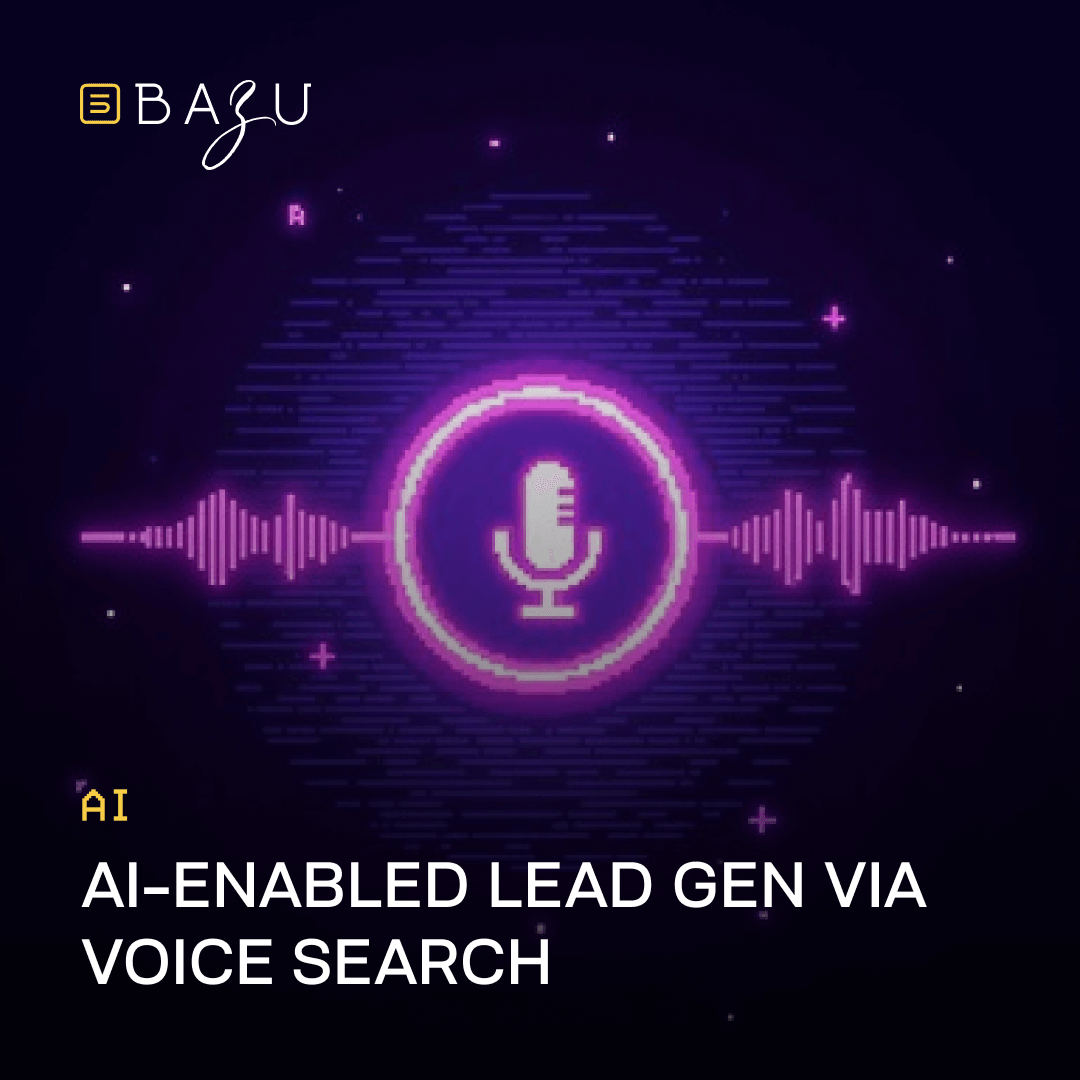Imagine knowing weeks in advance that a pest outbreak is coming, or that your wheat yields will be down 10% this year unless you act now.
For farmers, cooperatives, and agtech companies, this kind of foresight used to sound like science fiction.
Today, with the help of AI-driven predictive crop analytics – it’s business reality.
In this article, we’ll explain how artificial intelligence is transforming agriculture by helping businesses forecast yields, detect disease risks, optimize planting decisions, and maximize returns. We’ll also show real-world use cases, industry-specific nuances, and how your agri-business can get started today.
The growing need for data-driven agriculture
The agricultural industry faces pressure from every direction:
- Unpredictable weather patterns due to climate change
- Rising input costs (seeds, fertilizers, fuel)
- Labor shortages
- Global supply chain volatility
- Increasing demand for food from a growing population
Yet most decision-making in agriculture is still based on gut feeling, experience, or outdated forecasts.
Predictive crop analytics powered by AI changes the game by providing accurate, real-time insights from historical data, satellite imagery, weather forecasts, soil conditions, and IoT sensors in the field.
Want to explore how AI fits into your farming or agtech operations? Contact BAZU for a free discovery session.
What is predictive crop analytics?
Predictive crop analytics is the use of AI algorithms and machine learning models to forecast crop performance, yields, threats, and optimal growing conditions.
These systems use massive amounts of agricultural data to:
- Predict how different crops will perform in specific fields
- Warn about pest outbreaks or disease risks
- Recommend irrigation, fertilization, and harvesting schedules
- Estimate yield and pricing trends across regions
This isn’t a one-size-fits-all solution. Models are trained on specific soil types, crop varieties, weather zones, and even individual field histories.
How AI enables accurate predictions in agriculture
Here’s how a modern predictive crop analytics system typically works:
1. Data collection
The system ingests multiple data streams:
- Satellite and drone imagery
- Soil sensor data (moisture, nitrogen, pH)
- Historical yield records
- Weather patterns and forecasts
- Farm machinery logs (planting depth, spacing, etc.)
2. Machine learning models
AI models are trained to recognize complex patterns across fields, years, and geographies. They learn what conditions lead to strong or weak yields and can detect early indicators of problems.
3. Predictions and recommendations
The system provides predictions such as:
- “Expected corn yield: 7.5 tons/ha (+5% vs. last year)”
- “High probability of fungal outbreak in 14 days”
- “Apply nitrogen fertilizer in Zones A and C next week”
Example: A rice grower in Vietnam uses AI to detect plant stress using drone images. The model recommends localized irrigation adjustments – saving 18% on water costs and increasing yield by 12%.
Business benefits of predictive crop analytics
1. Higher yields and better margins
With AI-based insights, farmers can respond faster to risks and opportunities – resulting in more efficient input use and healthier crops.
2. Lower costs and waste
AI helps avoid over-fertilizing or over-watering. By applying inputs only where needed, growers save money and reduce environmental impact.
3. Resilience against climate variability
By factoring in short- and long-term weather patterns, AI helps adjust planting times or choose crops more likely to succeed in that season.
4. Better planning and logistics
Yield forecasts help plan storage, labor, transportation, and sales contracts more accurately – reducing last-minute chaos.
5. Improved access to financing
Reliable yield predictions support loan approvals and crop insurance. Some lenders now require data-driven risk assessments.
Interested in building a custom prediction platform for your agribusiness? BAZU creates tailored AI tools that fit your crops, geography, and operations.
Real-world examples from the field
Large-scale grain producer in Ukraine
Uses AI-powered yield forecasting across 40,000 hectares. Models trained on 10 years of field data and satellite imagery now predict crop output within 5% accuracy – months before harvest.
Vineyard in California
Deploys drone imagery and machine learning to detect mildew risk early. Based on humidity and leaf health data, AI recommends treatment timing – reducing chemical use by 30%.
Vegetable farm in the Netherlands
Combines soil sensors with predictive analytics to adjust planting depth and density by field zone. Yields increased by 17% in the first season.
Agro-cooperative in India
Provides smallholder farmers with AI-driven mobile alerts about optimal sowing windows based on monsoon forecasts – improving success rates across villages.
Whatever your operation looks like – 5,000 hectares or 5 fields – BAZU can help you deploy AI where it counts most.
Nuances across different agricultural industries
Row crops (corn, wheat, soy)
- Yield forecasting is the main value driver
- Weather and soil moisture are critical data inputs
- Large fields are ideal for satellite imagery analysis
Specialty crops (vegetables, fruits, berries)
- Disease prediction (fungal, pest) is high-priority
- Drone imaging and localized weather monitoring are key
- Harvest timing predictions are valuable for labor planning
Vineyards and orchards
- AI helps track phenological stages (bloom, fruit set, veraison)
- High-resolution imagery detects stress before it’s visible to humans
- Models support irrigation management and grape quality forecasts
Greenhouses and vertical farms
- Predictive analytics focus on light, humidity, and nutrient dosing
- Controlled environments allow for highly accurate models
- AI optimizes energy and resource use with minimal waste
Need advice on what kind of sensors or data to collect before launching AI? BAZU can guide you from day one.
What’s required to start using AI in agriculture?
Getting started with predictive crop analytics isn’t as complex as it sounds – but it does require the right strategy.
Here’s what you need:
Data
Even a few years of yield records + satellite imagery + weather logs can be enough to start training basic models.
Infrastructure
Depending on your scale, this may include IoT sensors, cloud storage, and integration with existing farm management software.
Custom models
No two farms are alike. BAZU creates machine learning models tailored to your geography, soil, crops, and goals.
User interface
Predictions need to be easy to act on. We build web or mobile dashboards, automated alerts, and PDF reports for field staff.
Ongoing optimization
Over time, models learn and improve. The more data you collect, the smarter your system becomes.
Want a quick analysis of what AI can predict using your existing farm data? Send it to BAZU – we’ll run a free demo model for you.
Common challenges – and how to solve them
“I don’t have enough data”
Start with what you have. We can enrich your dataset with open-source satellite imagery, public weather APIs, and soil maps.
“Is my data safe?”
Yes. BAZU implements secure, encrypted storage and processing that meets local and international standards (including GDPR).
“Will AI replace human agronomists?”
No. AI is a tool to support decisions, not replace expertise. Agronomists use AI insights to make smarter, faster calls in the field.
“Is it expensive?”
Not anymore. With modular AI systems and scalable cloud tech, predictive crop analytics is now accessible to midsize and even small farms.
Where is all this going?
The future of agriculture is not just automated – it’s predictive. And it’s already here.
- Retailers and grain buyers will start offering premium prices for data-backed yield predictions
- Governments are using AI to predict food security challenges and plan import/export policies
- Cooperatives and processors use AI to optimize logistics based on regional harvest timelines
- Carbon credit markets will rely on AI to verify sustainability and soil health at scale
By investing in predictive analytics now, you’re positioning your business ahead of the curve.
BAZU helps agricultural companies turn raw data into real value – with AI tools you can actually use in the field.
Final thoughts: from reactive to proactive farming
AI won’t change what crops you grow – but it will change how you grow them, and how well you prepare for what’s coming.
Predictive crop analytics gives agriculture something it has always lacked: reliable foresight.
If your competitors are using AI to predict pest outbreaks, optimize planting dates, and sell at the right moment – they’re not just lucky. They’re using tools you can access, too.
It’s time to bring machine learning to the fields.
- Artificial Intelligence


